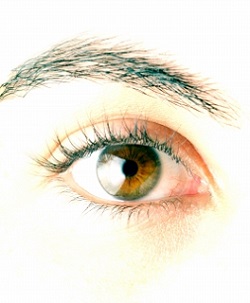Watch for These Ocular Developments That Could Threaten Vision
Routine eye and vision exams are not only critical for ensuring proper eye sight, they’re also important for catching ocular developments that threaten vision. Medically, physically and emotionally, the cost of blindness is high for your patients, and you’re their front line of defense for full vision protection, as well as diagnoses of diseases.

Morning Glory Syndrome is a disc anomaly that usually presents unilaterally and produces a vascular appearance of blood vessels exiting from the peripheral disc in a radiating pattern. Depending on the severity of the condition, vision loss can range significantly. This condition can deteriorate if retinal detachment occurs.
Optos ultra-widefield (UWF) retinal display imaging technology can help you track changes in the retina for patients affected with this defect. With a 200 degree view and highly detailed images, optomap exams are optimal for creating a baseline, while follow-up exams can be used as comparisons to track changes.
In a small percentage of patients, myelinated nerve fibers can cause a white, feathered obstruction that affects the head of the optic nerve. The condition should not be confused with “cotton-wool” spots. Myelination can cause blind spots in the patients’ field of vision and make them more susceptible to neurodegenerative diseases, such as glaucoma.
Although these are benign anatomical variations, peripapillary crescents can also create blind spots and cause increased vision loss over time due to globe elongation or retinal stretching. Tracking such pathologies and providing early diagnoses is critical and can be accomplished with both UWF and OCT SLO technologies.
While these are only a few ocular pathologies that can increase the cost of blindness and adversely affect your patients’ quality of life, they help put the importance of routine eye exams with advanced technology into proper perspective. Contact Optos to learn how partnering with us can help provide your patients with the best possible clinical evaluation and treatment of ocular developments.
Image Source: freedigitalphotos